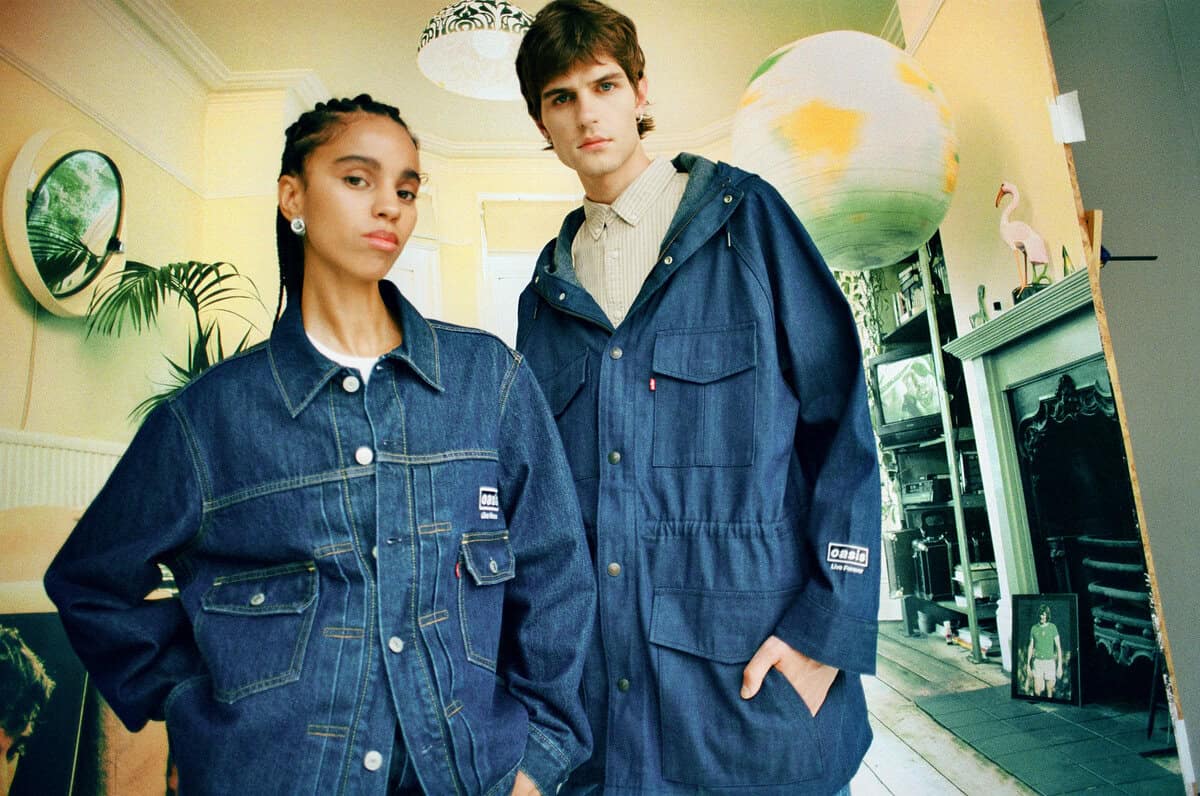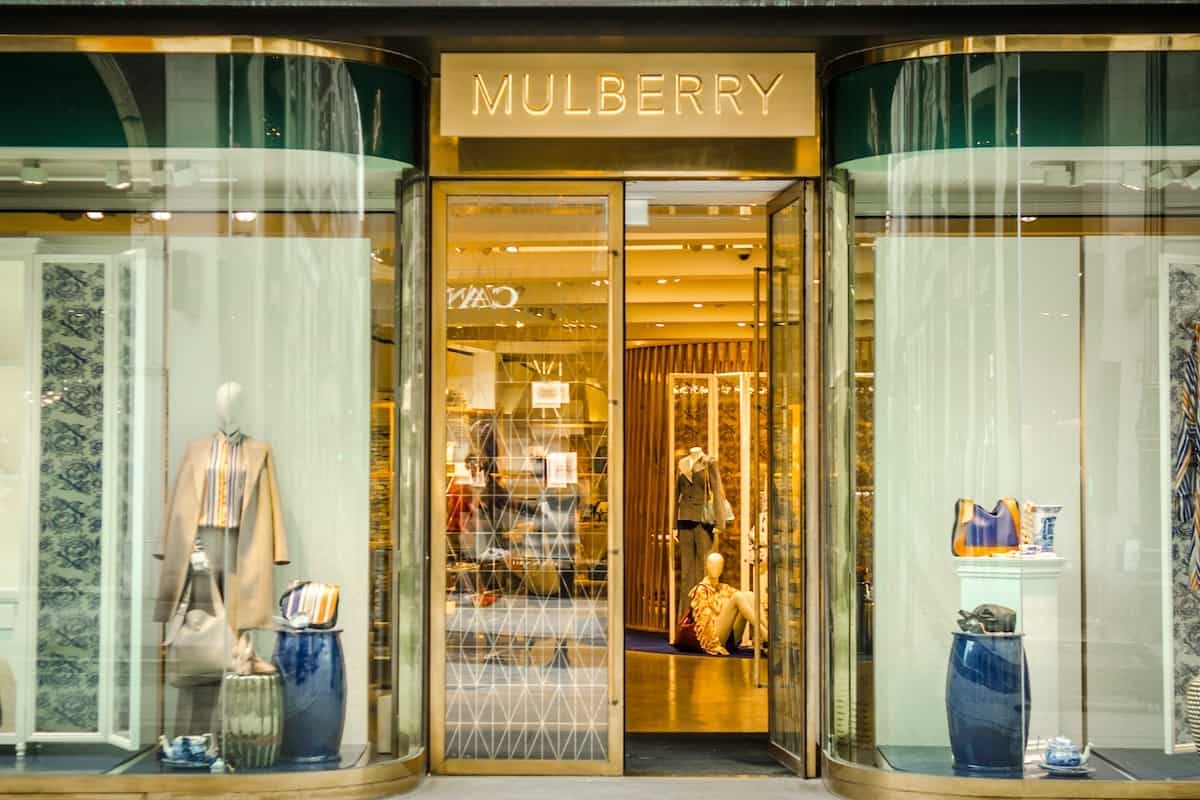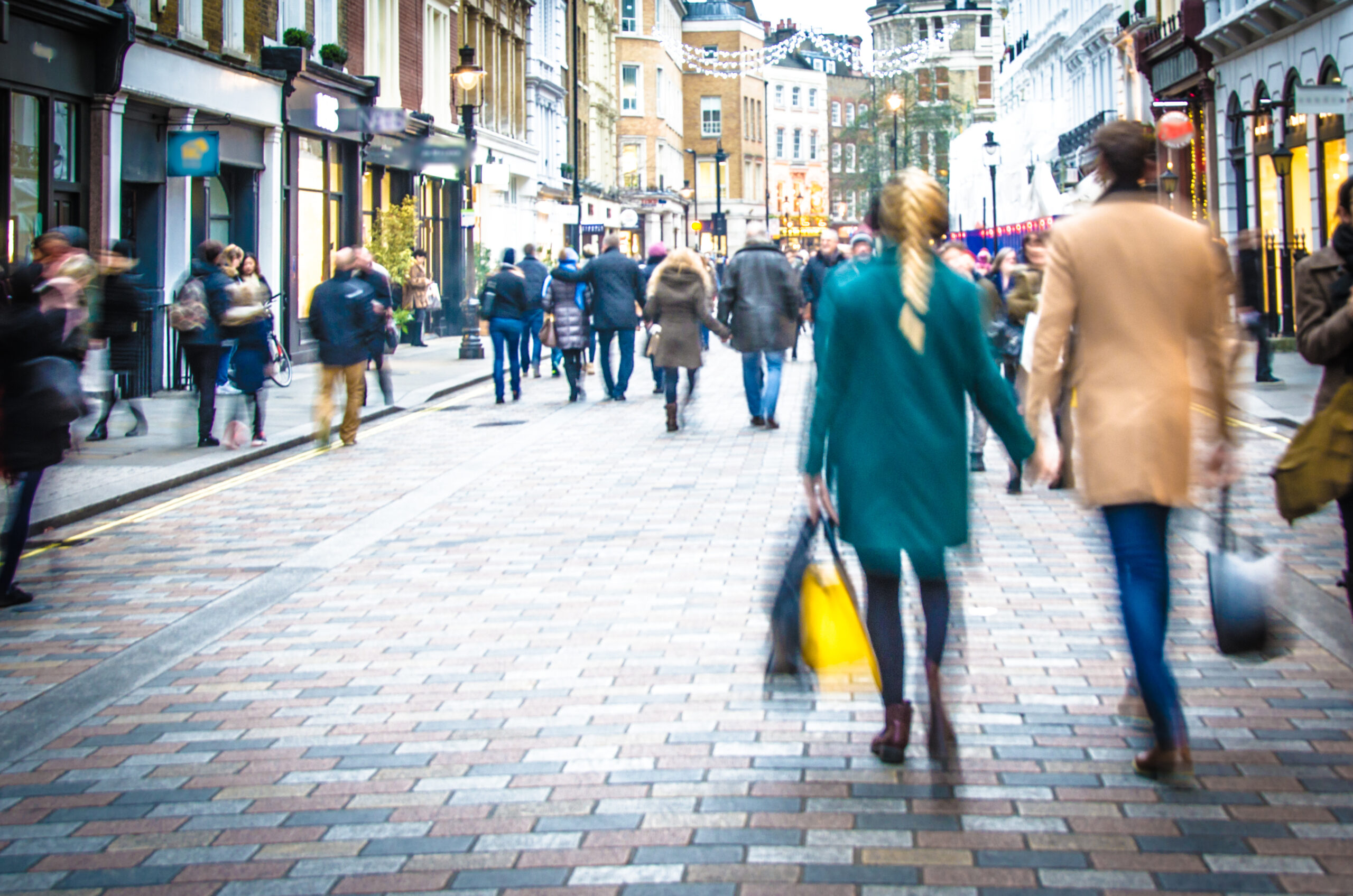Marketplaces are the first place that consumers from across Europe now turn when they want to buy, according to the RetailX Europe Top1000 360° report.
The chance to buy from an enormous range of products means they can find both the brands and the products that they want to buy on one site, paying and shipping through a single checkout. That meshes with European shopper preferences, as reflected in ConsumerX analysis, which found that 33% shop online for a wider product range, 18% for having more possibilities to compare, and 39% because they save time while 20% say it takes less effort to shop online.
The scale of the shift to marketplaces is shown through RetailX charts that show that while 26% of the Europe Top1000 are now marketplace websites, they see 42% of European consumer web traffic to the Top1000. Marketplaces, then, significantly outperform their presence in the ranking.
Who are the leading marketplaces of the Europe Top1000?
Amazon is the largest single beneficiary of that traffic. Its websites, which combine the functions of a retailer, marketplace and brand, sees 20% of European consumer traffic to the Top1000. US headquartered Amazon now sells to European customers through nine European market websites, serving Belgium, France, Germany, Italy, the Netherlands, Poland, Spain, Sweden and the UK. Each is served through country teams employing thousands of people.

eBay with 8% of consumer traffic to the Top1000 and based in the US, is followed by China-based AliExpress (5%), part of the Alibaba Group.
The largest European headquartered marketplaces that are members of the Top1000, as measured by traffic, are Allegro, based in Poland, and Zalando, from Germany.
Allegro, based in Poland, has been serving customers in that market since December 1999. It employs about 6,000 people across Central and Eastern Europe where it currently serves shoppers in six markets. Allegro has recently launched dedicated websites in Czechia and Slovakia, and now aims to roll out its marketplace model across the region. It sells a general range of products through categories including electronics, fashion and groceries.
Zalando, based in Berlin, sees 2% of traffic to the Top1000 for a range of fashion and sportswear products. For more on Zalando, which was founded in 2008 and now sells across 25 European markets.
Developments in marketplace selling
Marketplaces have won a growing share of ecommerce spending in recent years. The RetailX European Marketplaces report suggests that 35% of online purchases are made on a marketplace – compared to 17% through a supermarket and 12% on a retailer-branded website. Forecasts suggest that by 2027, marketplaces will account for almost 60% of online sales. Already in 2023, marketplaces accounted for 80% of total ecommerce sales in China.
Finally, a growing number of retailers are also now launching marketplaces on their own websites, enabling third-party brands to sell to their customers through popular websites with high levels of consumer traffic. Among the retailers taking this approach are Asos, B&Q and Superdrug in the UK.
The ChannelX 2024 conference returns on 09 October 2024, with a host of speakers confirmed including Amazon, Debenhams, eBay, JD Sports, The Hut Group and Mountain Warehouse.
Registration for the event, hosted in London’s Bishopgate, is open now!
Stay informed
Our editor carefully curates two newsletters a week filled with up-to-date news, analysis and research, click here to subscribe to the FREE newsletter sent straight to your inbox and why not follow us on LinkedIn to receive the latest updates on our research and analysis.










